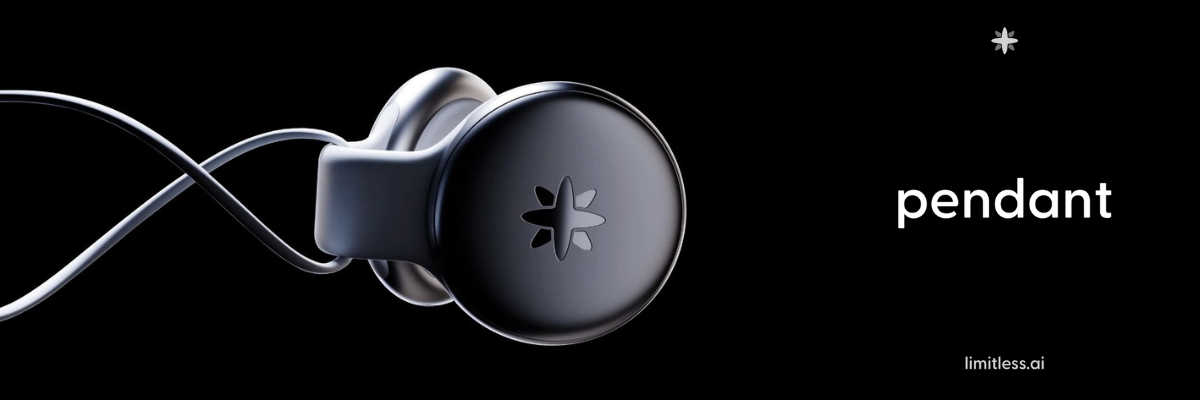Legacy Edge components added to Microsoft’s deprecation list • The Register

Microsoft has added a raft of web components to its list of deprecated features, including legacy Edge developer tools and hosted web apps.
While they are not yet removed, when components arrive on the deprecated features list it signifies that Microsoft has ceased active development and is in the process of phasing them out.
The components – Legacy Web View, Hosted and Windows Web Applications, Legacy Progressive Web Apps, and the EdgeHTML developer tools are built on the EdgeHTML engine, which debuted in 2015 as the Edge browser in Windows 10 before being ditched a few years later when Microsoft changed tack in favor of Chromium.
Excising EdgeHTML from Microsoft’s products is an ongoing challenge. Dvelopers by and large steered clear of it, as evidenced by Edge’s pitiful showing in various web statistics, but the engine found its way into the company’s applications whenever web content needed to be displayed or HTML rendered.
Microsoft’s advice is for affected users to migrate to WebView2 or Chromium-based PWAs. The company unveiled a production-ready version of the Chromium-based WebView2 in 2020 after spending years telling developers that the EdgeHTML-based WebView control was the one true way if web content was needed in a WPF or Windows Forms application.
Adding EdgeHTML components to the deprecated features list is a sign that Microsoft is preparing to draw a line under this part of Windows’ history. A look at the support pages for Hosted Web Apps, for example, serves as a reminder of all the technologies and ideas that the company has abandoned in the last few years. Microsoft said the apps “Look great across all Windows-based devices, including PCs, tablets, phones, HoloLens, Surface Hub, Xbox and Raspberry Pi.”
Heck, you can even “Integrate with Cortana voice commands.”
Microsoft has shared some of its history in the form of open source versions of File Manager and 6502 BASIC. The deprecated features list, on the other hand, provides insight into Micrsoft’s more recent past, with some projects past their prime or representing software dead-ends, while others were perhaps prematurely killed off or as a result of infighting.
Whatever the reason, killing components and apps that go back to Windows 8 and 8.1 shows that Microsoft is determined to move on. Any developers who still care would be wise to do the same. ®











